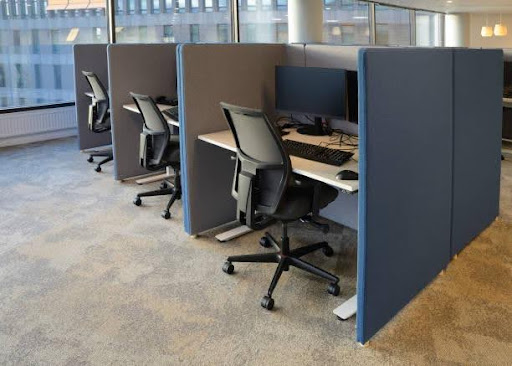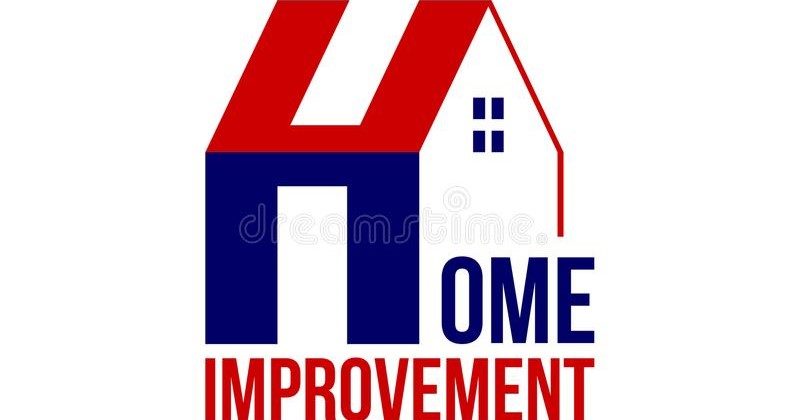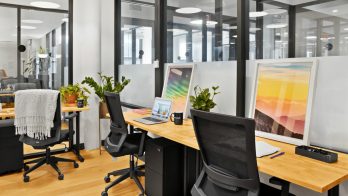
Introduction to Cubicle Office
In the ever-evolving landscape of office design, few concepts have endured quite like the cubicle. For decades, these modular workspaces have been a staple of corporate environments worldwide, shaping not only the physical layout of offices but also the culture and dynamics within them. In this article, we delve into the history, evolution, and potential future of the cubicle office.
The Origins of the Cubicle
The concept of the cubicle traces its roots back to the early 1960s when designer Robert Propst sought to revolutionize office spaces. His vision was to create a flexible, efficient, and private workspace that offered employees both autonomy and collaboration. The result was the Action Office system, introduced by the Herman Miller furniture company in 1964.
Initially, the Action Office was a far cry from the cramped and impersonal cubicles we often envision today. It featured modular components that could be arranged in various configurations to accommodate different work styles and needs. However, as the concept gained popularity and underwent iterations by other manufacturers, the focus shifted from flexibility to cost-saving measures and maximizing floor space.
The Rise of the Cubicle Farm
By the 1980s and 1990s, the cubicle had become synonymous with corporate America, earning the moniker “cubicle farm.” Rows upon rows of uniform workstations filled office floors, offering employees a semblance of privacy while still promoting interaction and supervision by management. This standardized layout was praised for its efficiency and cost-effectiveness but also criticized for its sterile and soul-crushing environment.
Despite the backlash, the cubicle persisted, evolving alongside advances in technology and changes in workplace culture. The introduction of personal computers and telecommunications further transformed how work was done within these confined spaces, blurring the lines between office and home life.
Challenges and Criticisms
Over time, the cubicle office design faced mounting criticism for its impact on employee well-being and productivity. Studies revealed that the lack of privacy and constant exposure to noise and distractions could lead to increased stress, decreased job satisfaction, and lower morale. Moreover, the rigid structure of cubicle layouts hindered collaboration and creativity, stifling innovation and teamwork.
In response, companies began experimenting with alternative office designs, such as open-plan layouts, activity-based workspaces, and remote work arrangements. While these approaches offered their own set of benefits and challenges, they signaled a growing recognition of the need to prioritize employee experience and performance over traditional notions of efficiency.
The Modern Cubicle Office
Today, the cubicle office continues to evolve in response to changing workplace dynamics and employee expectations. Many organizations have embraced hybrid models that combine the flexibility of remote work with the collaborative opportunities of in-person interaction. As a result, the traditional cubicle farm has given way to more fluid and adaptable office designs that prioritize choice, autonomy, and well-being.
Modern cubicles are designed with ergonomics and personalization in mind, offering adjustable desks, ergonomic chairs, and customizable partitions to cater to individual preferences and needs. Additionally, amenities such as lounge areas, quiet zones, and communal spaces are integrated into the office layout to foster creativity, collaboration, and social interaction.
The Future of the Cubicle Office
Looking ahead, the future of the cubicle office is likely to be shaped by advancements in technology, changes in work habits, and evolving attitudes towards the workplace. Virtual reality, augmented reality, and artificial intelligence hold the potential to transform how we perceive and interact with physical spaces, enabling remote collaboration and immersive work experiences regardless of location.
Moreover, the ongoing shift towards remote and flexible work arrangements is prompting organizations to rethink the purpose and function of the office. Rather than being a designated place for individual tasks, the office design of the future may serve as a hub for socialization, innovation, and community-building, with cubicles and other workspaces tailored to support diverse work styles and preferences.
Conclusion
In conclusion, the cubicle office has undergone significant changes since its inception, reflecting broader shifts in technology, culture, and organizational practices. While its legacy may be marred by images of drab and uninspiring work environments, the cubicle remains a symbol of innovation and adaptation in the modern workplace. As we continue to explore new ways of working and collaborating, the cubicle office will likely continue to evolve, offering both challenges and opportunities for organizations and employees alike.


